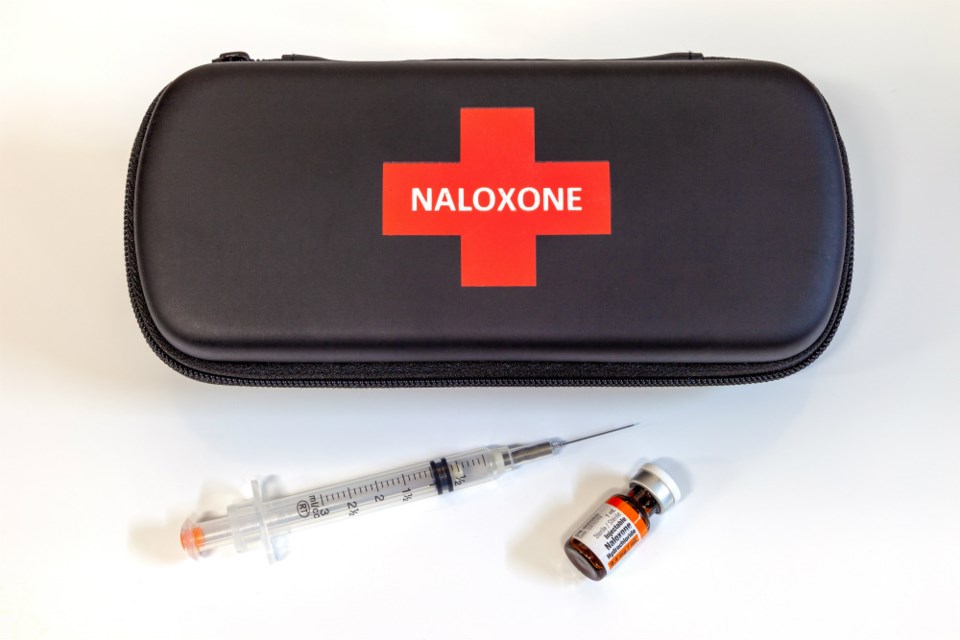 Photo Tomas Nevesely via Shutterstock
Photo Tomas Nevesely via Shutterstock
The BC Centre for Disease Control (BCCDC) is calling on all people who use drugs to learn how to respond to an overdose with a take-home naloxone kit.
The warning comes after recent research published in the journal Drug and Alcohol Dependence found people who snort or smoke drugs are more than half as likely to carry naloxone kits than those who inject them.
“We are dealing with a toxic illegal drug supply. Having a kit and knowing how to use it can save a life. In fact, we know that thanks to the heroic efforts of so many, thousands of lives have been saved,” said Judy Darcy, Minister of Mental Health and Addictions in a BCCDC press release.
The rise in street drugs tainted with deadly doses of fentanyl has contributed to an overdose crisis that, in B.C., claimed nearly 700 lives in the first eight months of 2019. That works out to an average of about 2.5 deaths per day. While less common, some of those deaths have been attributed to fentanyl-laced stimulants, including cocaine and methamphetamine, according to the press release.
“Even tiny amounts of fentanyl can lead to a life-threatening overdose for a person who does not use opioids regularly,” said Dr. Jane Buxton, harm-reduction lead for the BCCDC. “The street drug supply is highly toxic.
"Thankfully, naloxone is widely available for people who use drugs and those who are likely to witness an overdose.”
Started in 2012, the BCCDC began the Take Home Naloxone program in 2016 in response to the overdose crisis. In a 2018Â Â polling nearly 500 drug users at harm-reduction centres across the province, the BCCDC found two-thirds of respondents possessed a naloxone kit, up from 17% in 2015.


